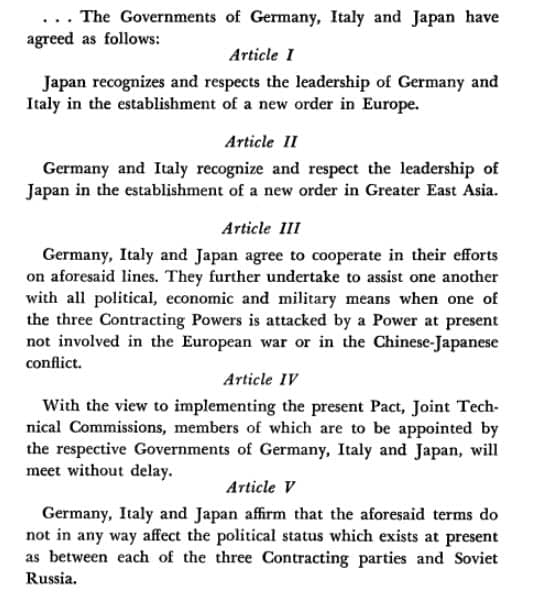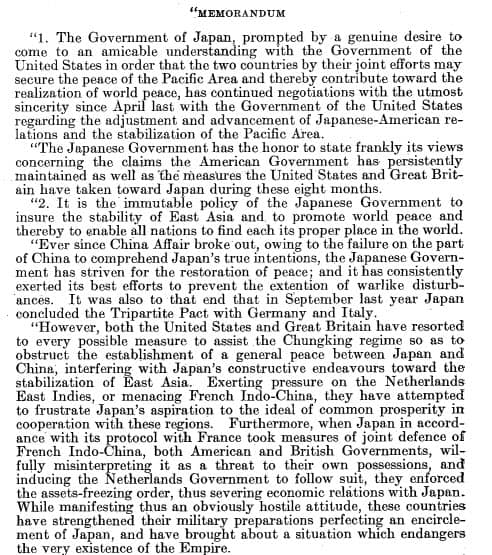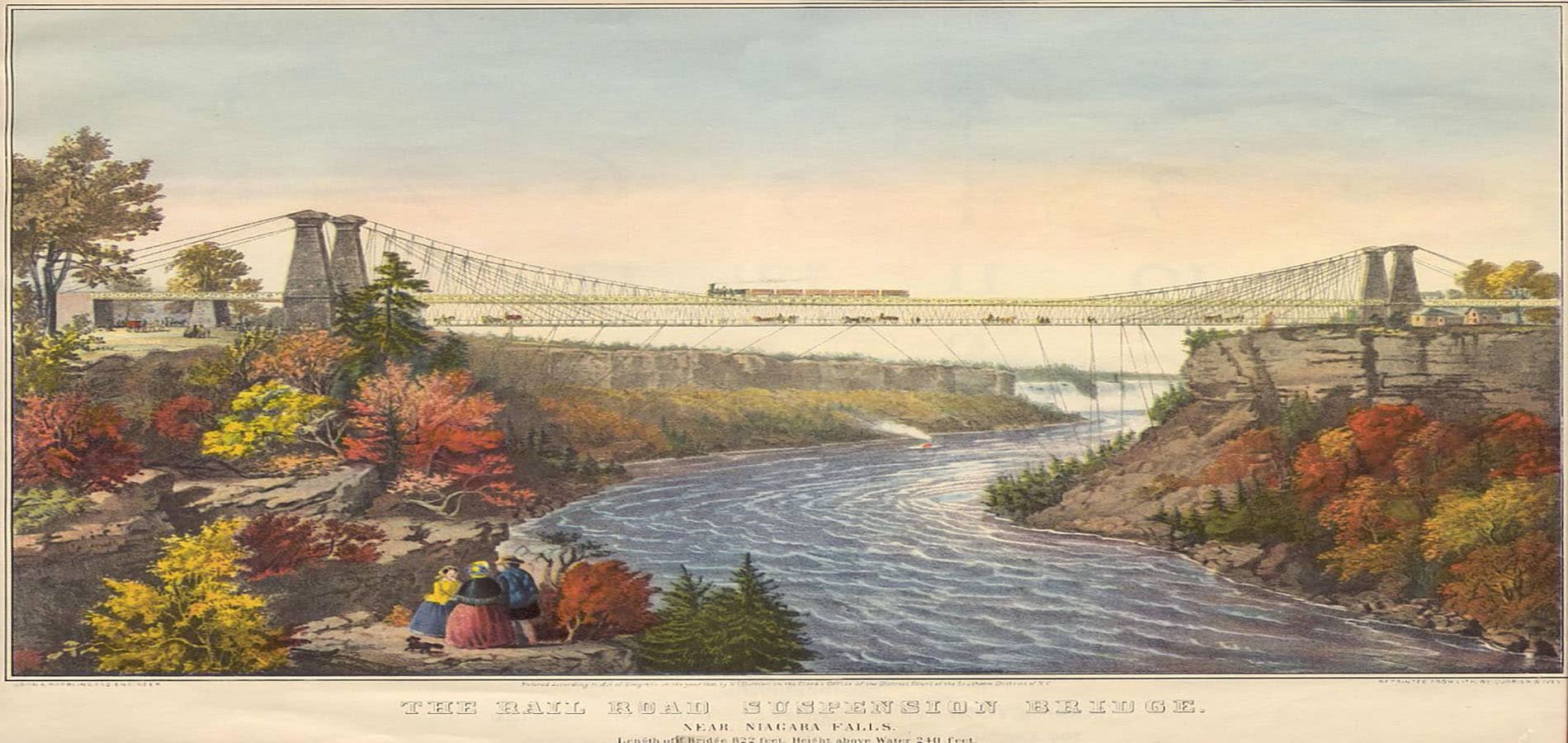On the morning of Sunday, December 7, 1941, the United States was assaulted in a surprise, preemptive military strike by the Empire of Japan. Though the United States had maintained a neutral stance in the ongoing Second World War, the attack sparked the nation’s entry into the burgeoning global conflict.
Before We Get Started
Don’t miss out! Make sure you have the databases mentioned in this post. Follow the links below to start a trial today.
1. Foreign Relations of the United States
This series presents the official documentary historical record of major U.S. foreign policy decisions and significant diplomatic activity. It is composed of more than 500 books beginning with Abraham Lincoln’s administration in 1861 and continuing to the administration of Ronald Reagan in 1988. The database also contains related books and Code of Federal Regulations Title 22 (Foreign Relations) in its entirety.
2. Reports of U.S. Presidential Commissions and Other Advisory Bodies
A unique resource containing the most current and comprehensive listing of publications created by presidential advisory bodies. U.S. presidents have historically created such advisory groups—also called committees, commissions, boards, blue ribbon panels, or task forces—to advise them on particular problems or issues. In the past, these commissions have explained catastrophes such as the Gulf oil spill, Challenger Space Shuttle accident, Pearl Harbor, the AIDS epidemic, and more.
3. U.S. Congressional Serial Set
An essential publication for unveiling American history. Spanning more than two centuries with more than 17,000 bound volumes, the records in this series include House and Senate Documents, House and Senate Reports, and more. The reports are usually from congressional committees dealing with proposed legislation and issues under investigation.
4. World Treaty Library
This monumental collection brings together Rohn, Dumont, Bevans, Martens, League of Nations, United States, and United Nations treaties into one easy-to-use and fully searchable database. Search a comprehensive treaty index by keywords, title, parties, sign date, or citation. Also included are hundreds of related treaty publications, scholarly articles chosen by our editors, and a bibliography of related publications.
Before the Strike
In the early twentieth century, increasingly totalitarian, fascist, and militaristic policies in Japan strained the empire’s relationship with Western powers. Expansionist ideals driven by a claim to “divine right” had further embroiled the empire in conflict with Russia and China, as well. By the 1920s, war between the Empire of Japan and the United States was a brewing possibility, yet the two nations attempted to remain trading partners.
In 1931, Japan’s invasion of Chinese Manchuria elicited international condemnation by the League of Nations. In 1933, the empire withdrew from the League and, in 1936, from the Second London Naval Disarmament Conference. The Second Sino-Japanese War began in 1937 with another Japanese attack on China.
Word of Japanese atrocities during the war spread throughout the globe. Fearing the empire’s expansion, the United States began to enact certain restrictions on Japanese-American trade. Japan allied itself with Nazi Germany and Italy through the Tripartite Pact, forming the Axis powers of World War II.

The possibility of war loomed on both shores of the United States. In response, President Franklin D. Roosevelt transferred the Pacific Fleet from San Diego to Pearl Harbor, Hawaii—a controversial move that would cost the nation dearly.
Read more about Japan’s involvement in the Second World War.
The Day of the Attack
Fearing that the United States would interfere with its interests in Asia, the Empire of Japan dispatched a task force of six aircraft carriers (and 408 aircraft) to Hawaii on November 26, 1941. Meanwhile, Japan transmitted a notification to Washington, indicating an end to peace negotiations between the two nations. Whether by accident or intent, the U.S. did not receive the message by the time the Japanese released its first attack wave of 183 planes.

Young officers—many in training, and some not even 20 years old—were on duty that Sunday morning when the first wave of planes was detected. Lieutenant Kermit A. Tyler, newly assigned, assumed the incoming bombers were a previously scheduled arrival from California. Many men aboard the ships were asleep below decks, aircraft were parked, guns were unmanned, and ammunition was locked away. The bombs dropped with the defenders gravely unprepared.
The attack was over in 90 minutes, with more than 2,400 Americans killed and nearly 1,200 wounded. Nearly 200 U.S. aircraft were destroyed, while four of eight U.S. Navy battleships, three cruisers, and three destroyers were sunk—the rest were damaged.
Aftermath and Consequences
Though Japanese Admiral Yamamoto had initially planned the attack for 30 minutes after the message was received, the United States was ultimately caught off guard. With no prior declaration of war, no formal end to diplomatic relations, and no claim to self-defense, Japan was widely condemned for the attack. On December 8 (Japanese time), Japan formally announced its declaration of war on the United States.
President Roosevelt delivered a brief, dramatic speech the next day, describing December 7 as “a date which will live in infamy.” Thirty-three minutes after his speech, Congress declared war on Japan, entering the United States into World War II.

In the same month, Roosevelt appointed the Roberts Commission to investigate the facts relating to the attack. Headed by Supreme Court Associate Justice Owen Roberts, the commission released its report in January of 1942. Along with finding two Pearl Harbor commanders in dereliction of duty, the report concluded that both Japanese diplomats and people of Japanese ancestry had engaged in espionage prior to the attack. Fear of the Japanese people rippled throughout the country, ultimately leading to the forced relocation of Japanese individuals to internment camps. Initially a result of Executive Order 9066, the internment of Japanese Americans was later upheld in 1944 with the landmark United States Supreme Court Case Korematsu v. United States.
Following World War II, an International Military Tribunal was called to try Japanese leaders for conspiracy to start and wage war, conventional war crimes, and crimes against humanity. Seven Japanese military leaders were executed for their crimes, and seventeen were imprisoned. The bombing of Pearl Harbor was judged to be a war crime.
Did You Enjoy This Post?
Want to learn more about the World Wars? Check out related posts below.
- The November 11 Armistice: Marking an End to the Great War
- Secrets of the Serial Set: The Pacific Theater of World War II
- The Nuremberg Trials and Their Profound Impact on International Law
Don’t miss out! Hit Subscribe to have blogs like these sent directly to your inbox.



